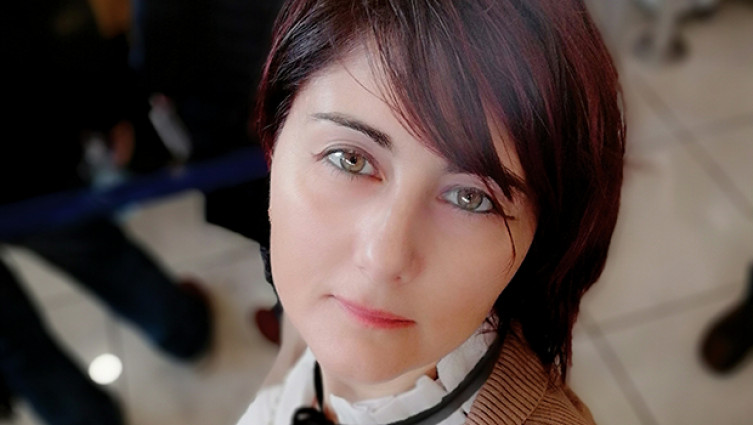Seminar: Prostaglandin involvement into the temperature and light stress tolerance in diatoms.
Marine diatoms are a vast and diverse group of marine phytoplanktonic organisms able to produce a great variety of biomolecules involved in chemical defence and to counteract external stress conditions. Recently, we demonstrated the presence of prostaglandins (PGs) in the centric diatom specie Skeletonema marinoi. These are bioactive lipid mediators well known in higher organisms, but never identified before in unicellular eukaryotic organisms. PGs are hormone-like mediators in many physiological and pathological processes in mammals. To date, these molecules have already been identified in few marine organisms (i.e. some red and brown algae, corals, crustaceans as well as in sponges and molluscs) where they may provide defence against predation as well as against microbial attack. Nevertheless, many questions remain unanswered about the role and functions of PG in the marine environment opening new intriguing perspectives as possible mediators in cell-to-cell signalling.
When?
Friday I 7 December I 13:30
Where?
Room 2.31 I Building 7 I Gambelas Campus
About our speaker:
Valeria Di Dato did a Master degree in physiology studying learning and memory in Octopus vulgaris, then PhD in cellular and molecular biology and pathology during which she learned all the molecular biology technique. A post doc back on neuroscience in Strasbourg at IGBMC during which she studied dopaminergic neuron in relation to drug of abuse and hypothalamic neurons in relation to appetite-satiety axes. Back in Naples again she continued to work on brain but in relation to tumours until the actual switch in marine chemical Ecology at Stazione Zoologica Anton Dohrn Napoli where she does bioinformatics and molecular biology on microalgae to identify new active molecules of interest in pharmaceutical cosmetics and nutraceuticals fields.
This seminar was kindly sponsored by:



